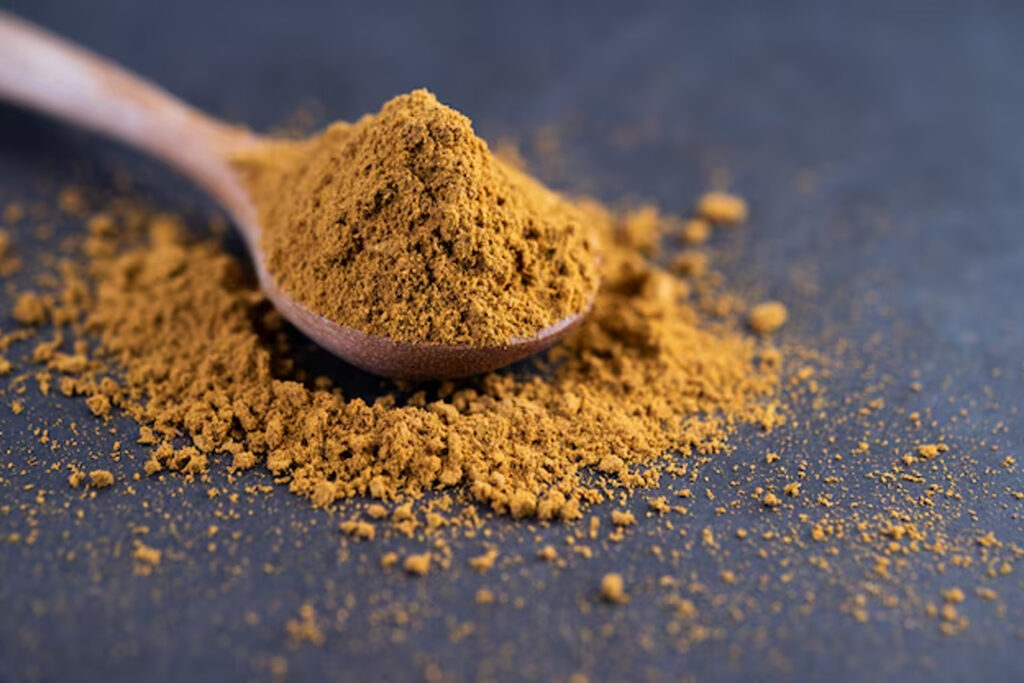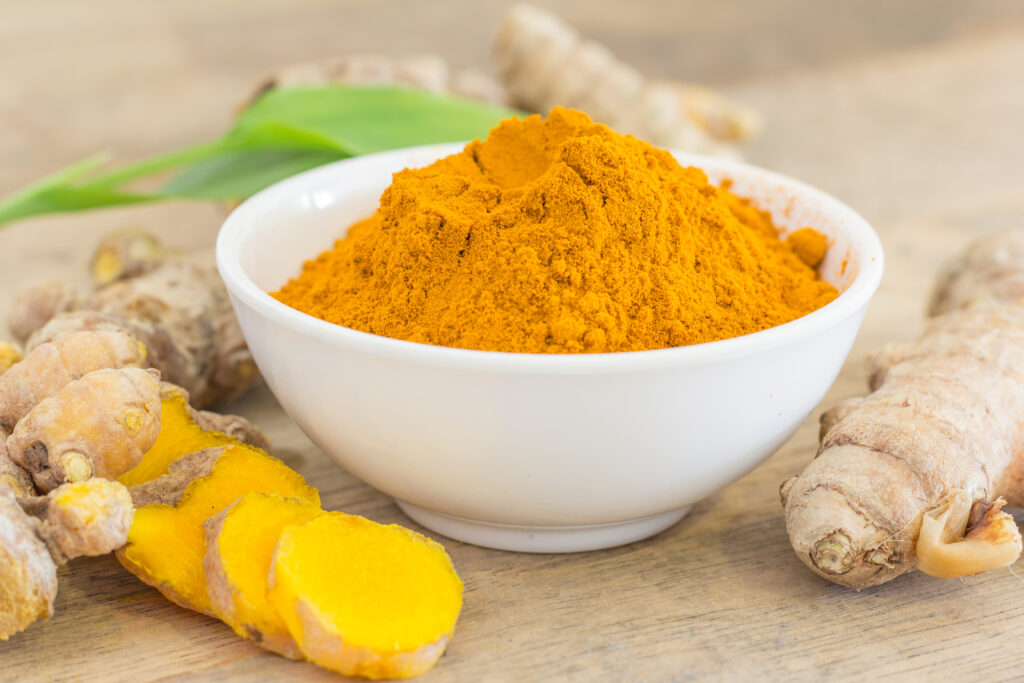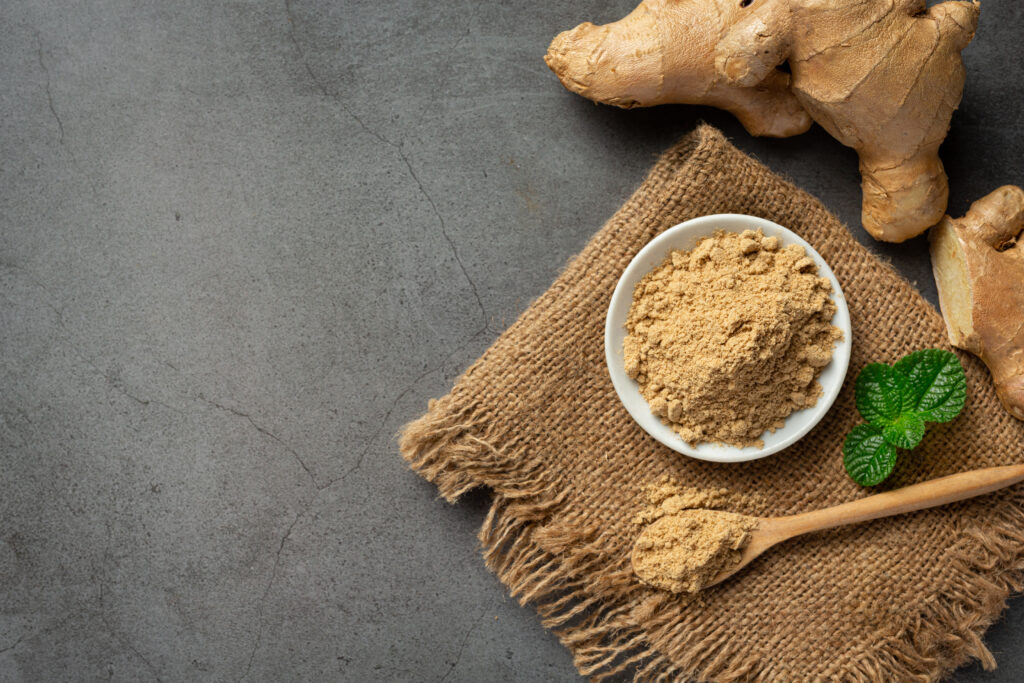Chilli Powder

Product Name
Chilli Powder
Origin
India
Type
Powder
Chilli powder has a fascinating history that traces back over 6,000 years to the ancient civilizations of Central and South America, where chili peppers were first cultivated. These fiery peppers played an important role in local diets, medicine, and even religious rituals.
In the 16th century, Spanish and Portuguese explorers introduced chili peppers to Europe after their voyages to the New World. From there, the peppers quickly spread to Africa, Asia, and India, where they were embraced and became essential to many regional cuisines.
As the global demand for chili peppers grew, people began drying and grinding them into a fine powder—what we now call chilli powder. This made the spice easier to store, transport, and use in cooking.
Today, chilli powder is a staple spice in kitchens worldwide, adding heat, color, and flavor to countless dishes—from Mexican salsas and Indian curries to Southeast Asian stir-fries and African stews. Its rich history reflects a journey of trade, tradition, and taste that continues to spice up food across cultures.
FAQs
Types of Chilli Powder
- What are the most common types of chilli powder?
Some of the most popular types include Kashmiri, Byadgi, Guntur, Teja, Deggi Mirch, and smoked chilli powder (like smoked paprika)—each offering different levels of heat, color, and flavor. - Which chilli powder gives a rich red color without too much heat?
Kashmiri and Byadgi chilli powder are known for their bright red color and mild heat, ideal for adding visual appeal to dishes. - Which chilli powder is the hottest?
Teja and Guntur chilli powder are among the spiciest varieties, perfect for those who enjoy intense heat. - What is the difference between Deggi Mirch and regular chilli powder?
Deggi Mirch is a blend of mild red chillies and capsicum, offering medium heat and bright color. Regular chilli powder tends to be spicier and more straightforward. - Can different types of chilli powder be used together?
Yes! Many chefs mix varieties to balance heat, color, and flavor. For example, combining Kashmiri (for color) and Teja (for heat) is a popular choice.
Culinary Uses of Chilli Powder
Curries and Gravies
Chilli powder is a crucial ingredient in curries and gravies, providing both heat and depth of flavor in Indian, Thai, and Caribbean dishes.Marinades and Dry Rubs
It’s commonly used in BBQ rubs and meat marinades to add a spicy kick to meats like chicken, beef, and pork.Salsas and Sauces
Chilli powder adds heat and richness to salsas, hot sauces, and barbecue sauces, perfect for spicing up tacos, grilled meats, and more.Seasoning Snacks
It’s used to season popcorn, roasted nuts, chips, and fries, giving them a flavorful, spicy twist.Spice Blends
Chilli powder is a key ingredient in curry powder, garam masala, tandoori masala, and Cajun seasoning, enhancing various spice blends for diverse cuisines.
Health Benefits of Chilli Powder
- Boosts Metabolism
Chilli powder contains capsaicin, which helps increase metabolic rate, potentially aiding in weight loss by promoting fat burning. - Rich in Antioxidants
It’s high in vitamin C and vitamin A, which help fight free radicals, reduce inflammation, and protect cells from damage. - Supports Digestive Health
Chilli powder stimulates the production of gastric juices, improving digestion and alleviating symptoms of indigestion and bloating. - Pain Relief
Capsaicin in chilli powder is known for its pain-relieving properties, often used to reduce joint pain, muscle soreness, and arthritis discomfort. - Boosts Immunity
The vitamin C content in chilli powder helps strengthen the immune system, making it easier for the body to fight infections and recover from illnesses.
Get In Touch
Our Certification









